Is there a good variety of Bolivian coffee? how's the cocoa from the sun in Waliki Manor? how's Java?
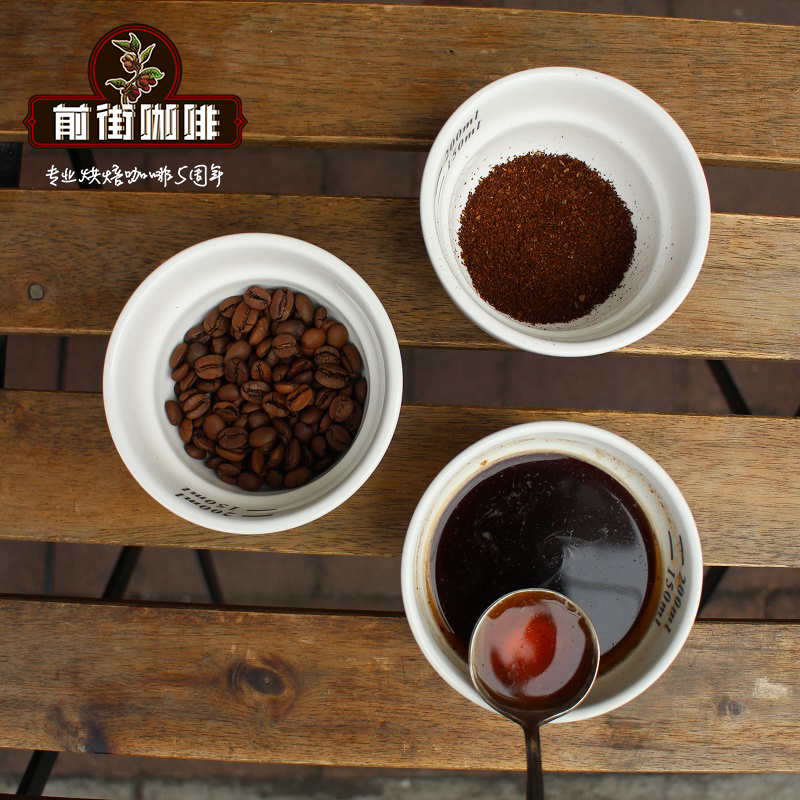
Bolivia Valiki Estate Cocoa Sun Java
Bolivia Waliki Coco Natural Java
Coffee growing area: La Paz
Planting altitude: 1600 m
Type of coffee: Java
Processing method: cocoa sun treatment Coco natural
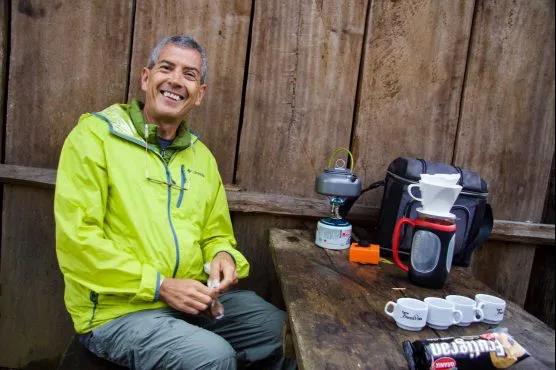
coffee producing areas
This Bolivian cacao sun comes from a small estate called Waliki Java. The name is inspired by a local greeting meaning "How is everything ?" The answer is " All Good" or "Hakuna Matata."
Valiki Estate is located in the Bolinda colony in a dense steep valley about 10 kilometers outside the town of Caranavi in La Paz, Bolivia.
The Bolinda colony was founded 52 years ago and was once known as 'Bolivia Linda' or 'Beautiful Bolivia'. Over the years, the name was shortened to Bolinda and is now one of the larger settlements in the area.
Valiki Estate is owned by the Rodriguez family. The Rodrigues family owns a family business called Agricafe, which produces coffee from its own estate and purchases high-quality small batches of crops from small producers in the Yungas region.
Valiki Estate covers an area of 3.62 hectares and is 1600 meters above sea level. This high altitude helps ensure slow ripening of coffee fruits. This slow ripening process leads to an increase in sugar concentration in the coffee fruit, which helps the coffee become sweeter.
treatment
During harvest season, the estate hires pickers from the Bolinda community to carefully select the coffee fruit during the harvest.
These pickers are trained to pick only ripe coffee fruits, and the harvest season is divided to ensure that the coffee fruits are picked at the best ripeness.
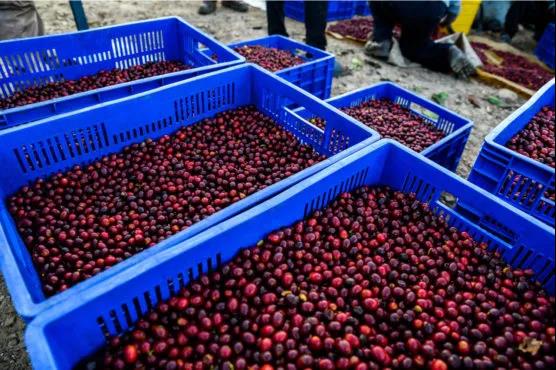
The estate uses crates to ensure that the coffee is not damaged during transport and also to keep the coffee fruit ventilated, thus preventing unnecessary early fermentation.
After sorting and weighing, the coffee fruits are carefully washed and dried on raised African drying beds, then turned over every hour. After about a week, the coffee fruit is placed in a cocoa dryer.
Never before had a cocoa dryer been used for the processing of coffee beans, but Pedro Rodriguez's family has been innovating and experimenting with different processing techniques and has found that cocoa dryers can slowly and continuously dry coffee beans at low temperatures, thus reducing the impact of weather conditions.
Coffee beans are kept in large steel drums for about 35 hours at temperatures not exceeding 40 degrees Celsius, turning every 30 minutes.
After the beans are dried, they are transported to La Paz to rest and then dehulled at Agricafe's drying plant La Luna. In this factory, coffee is carefully shelled and sorted mechanically, in addition to manual sorting under ultraviolet light and natural light.
coffee varieties
This Bolivian Variki Estate coffee bean variety is Java.
In Bolivia, the variety known locally as the long bean is named because of its long appearance. Its official name should be Java. Java is a very interesting bean species. From the name, it can be seen that there is a strong association with Indonesia.
Java was originally a coffee tree species that originated in the primeval forests of Ethiopia, collected by local peoples and then spread through Yemen to Indonesia, where it was named Java.
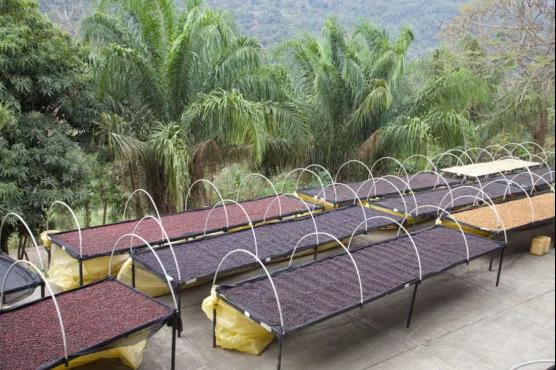
Java was originally thought to be a variant of tibeka, but genetic alignment revealed that Java was actually a coffee variety from Ethiopia, Abyss inia.
After Indonesia, Java varieties first spread to the nearby Timor islands and then to Cameroon in East Africa, where they were first released for cultivation in 1980.
As for the spread to Central and South America, it was introduced to Costa Rica in 1991 through CIRAD (the Centre de Coopération Internationale en Recherche Agronomique pour le Développement) under the leadership of breeding expert Benoit Bertrand. The first Central American country to officially recognize the Javanese variety was Panama.
Java fruits and seeds are very long, shoots are brassy, plants are quite tall, but yield is low. Because of its outstanding flavor, it is not inferior to rose summer, and has stronger resistance to leaf rust and coffee fruit disease, which is very suitable for smallholder cultivation.
baking curve
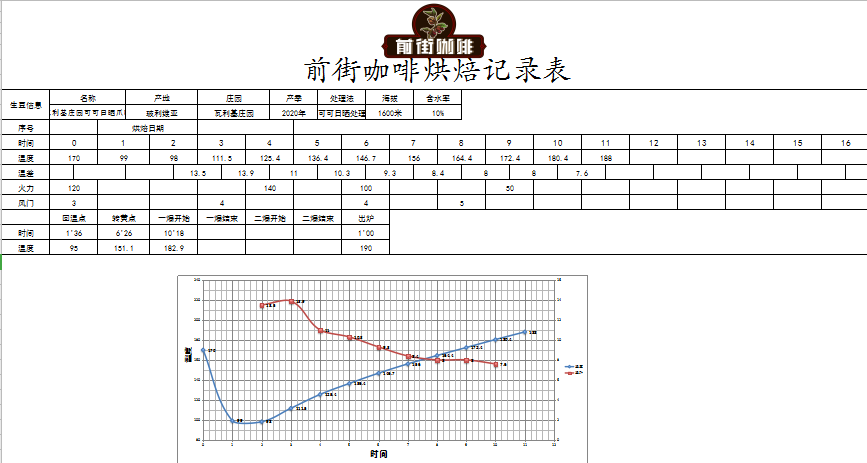
Cup Test Results
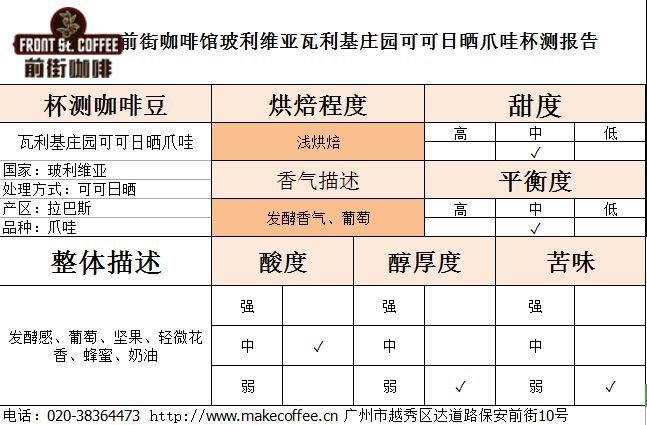
Important Notice :
前街咖啡 FrontStreet Coffee has moved to new addredd:
FrontStreet Coffee Address: 315,Donghua East Road,GuangZhou
Tel:020 38364473
- Prev
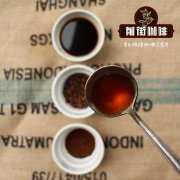
Yunnan coffee exported to the United States foreign coffee scholars on Yunnan coffee have what kind of evaluation
Yunnan specialty coffee frontier coffee from china. Really? It is the usual reaction to the presence of the subject. Tea yes and rice, obviously. But coffee. Specialty coffee. Really? Yes, exactly! Once the Yunnan coffee we managed to master was snapped up by people who knew about coffee beans, attitudes began to shift rapidly. Sometimes it's a little dismissive at first, but taste it.
- Next
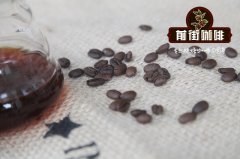
Is Colombian High altitude Coffee better? introduction to Guamo Manor in Tolima Gaetanya
Gaetanya Guamo Manor, High altitude region of Colombia: Chateau Guamo, Tolima, Colombia (Finca El Guamo) producer: Jose Ramiro#012 altitude: 1930m Variety: Kaddura treatment: washing Flavor: ripe plums, Sweet Apricot, Honey, Chocolate Flavor production areas Colombia has always been very high
Related
- Detailed explanation of Jadeite planting Land in Panamanian Jadeite Manor introduction to the grading system of Jadeite competitive bidding, Red bid, Green bid and Rose Summer
- Story of Coffee planting in Brenka region of Costa Rica Stonehenge Manor anaerobic heavy honey treatment of flavor mouth
- What's on the barrel of Blue Mountain Coffee beans?
- Can American coffee also pull flowers? How to use hot American style to pull out a good-looking pattern?
- Can you make a cold extract with coffee beans? What is the right proportion for cold-extracted coffee formula?
- Indonesian PWN Gold Mandrine Coffee Origin Features Flavor How to Chong? Mandolin coffee is American.
- A brief introduction to the flavor characteristics of Brazilian yellow bourbon coffee beans
- What is the effect of different water quality on the flavor of cold-extracted coffee? What kind of water is best for brewing coffee?
- Why do you think of Rose Summer whenever you mention Panamanian coffee?
- Introduction to the characteristics of authentic blue mountain coffee bean producing areas? What is the CIB Coffee Authority in Jamaica?

